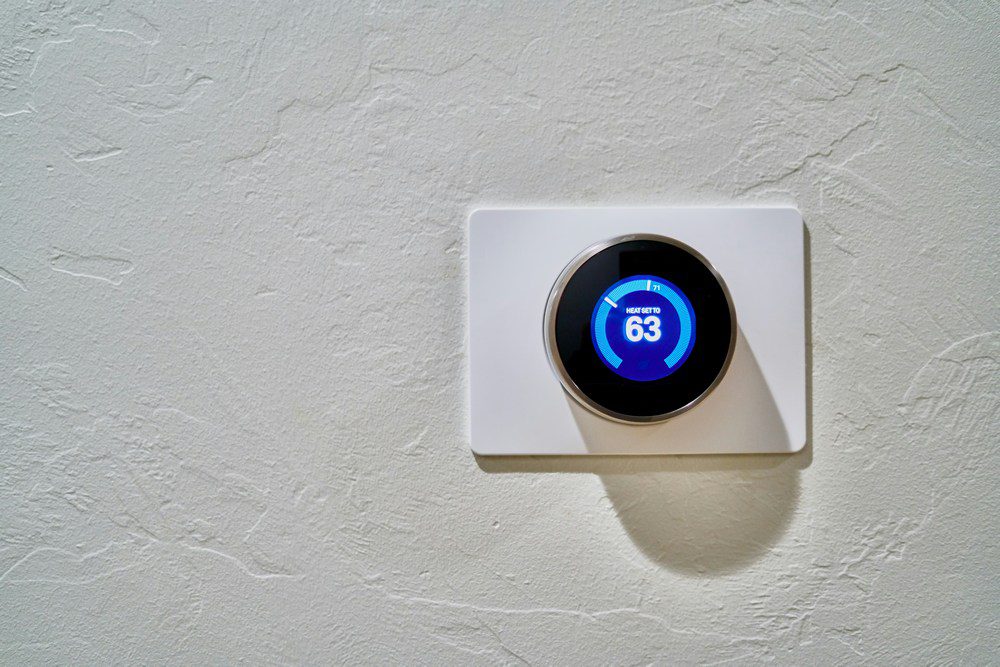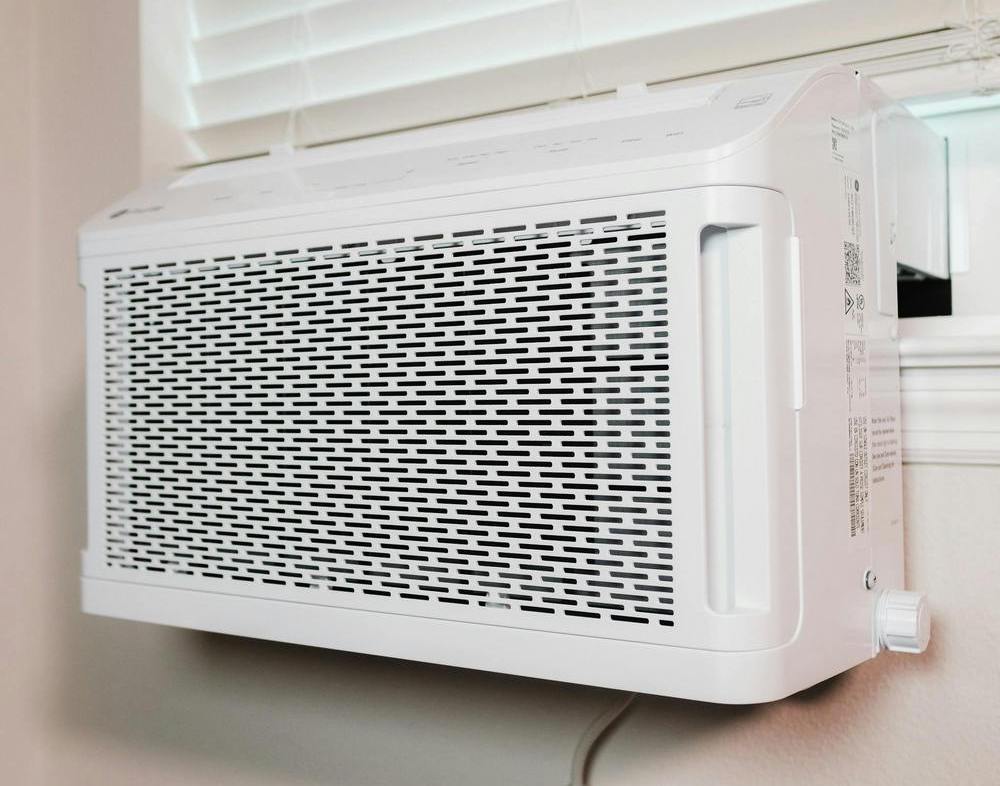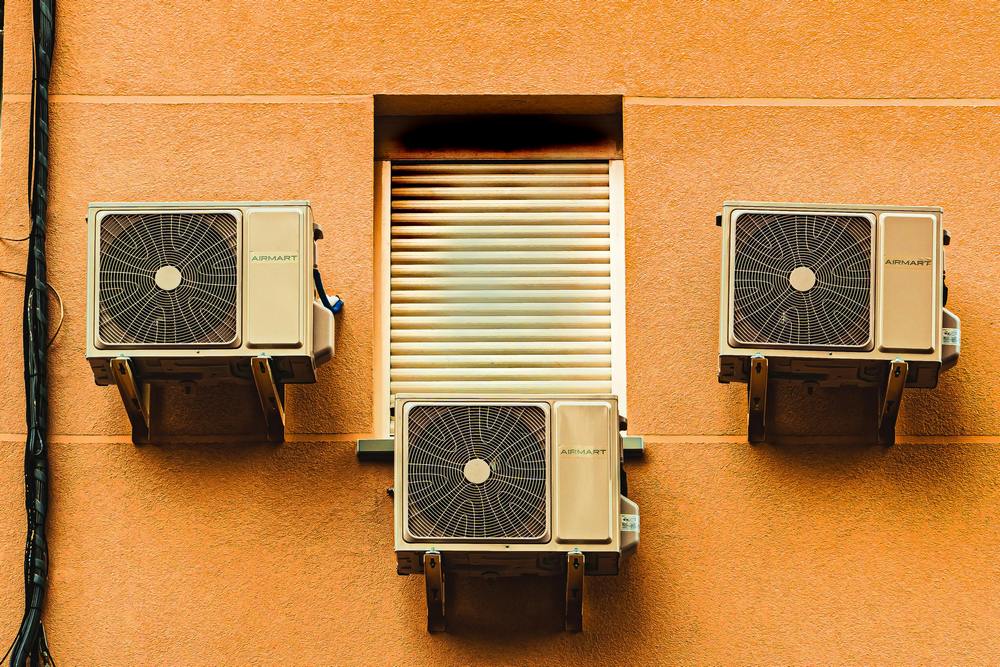Smart home technologies are vital in making modern homes energy-efficient and sustainable. One impactful innovation in this space is smart HVAC units. Unlike traditional systems known for high energy consumption, modern units have undergone transformations backed by cutting-edge technologies to offer better control, reduce waste, and enhance comfort.
Contents
How Smart HVAC Systems Are Changing Modern Homes
Smart systems are designed to optimize energy use in various ways. These benefits have made homeowners embrace them, especially as climate concerns and energy costs continue rising. Below are a few ways HVAC units enhance energy efficiency in modern homes.
High-Efficiency HVAC Systems
High-efficiency HVAC units have revolutionized energy consumption in modern homes. They perform exceptionally while consuming very minimal energy. These systems are designed to use less energy compared to traditional options.
HVAC unit efficiency is measured by ratings like SEER for air conditioners. Units with higher ratings are considered more efficient because they produce the same output while consuming less energy.
Modern HVAC units feature advanced technologies that help them achieve higher ratings. Innovations like variable-speed compressors and improved insulations help these systems maintain consistent temperatures and airflow without excessively draining energy.
The primary benefit of having these units is the ability to reduce utility bills. They operate efficiently, enabling homeowners to achieve their indoor condition needs without hefty bills.
High-efficiency units also last longer than traditional options. They experience minimal wear and tear as they don’t work harder to maintain indoor temperatures. This extends the lifespan of this equipment and necessitates fewer repairs and replacements.
Zoning Systems
Zoning systems are an innovative approach to HVAC technology. These systems allow homeowners to optimize their heating and cooling needs with maximum precision. Unlike old systems that warm or cool the entire home as one climate zone, zoning allows for targeted heating and cooling.
The technology behind these systems is thermostats positioned in different areas of your home. Each thermostat controls the zone, allowing homeowners to set different temperatures based on usage and personal preference. For instance, you can set the living room unit to maintain cooler temperatures and the bedroom warmer.
The most notable advantage of zoning systems is utility savings. Allowing homeowners to heat or cool only occupied areas of their homes significantly minimizes energy consumption. The unit minimizes the heating and cooling of unoccupied zones, substantially reducing energy bills.
Zoning systems also enhance comfort. You can set varying heating and cooling requirements for different rooms based on sunlight exposure, occupancy, and insulation levels. Each area is then conditioned to suit specific needs, ensuring a consistently comfortable environment throughout your home. This feature is especially beneficial in large buildings or homes with open floor plans.
Allowing precise temperature control in different homes has made zoning systems a game changer in HVAC technology. This contributes to achieving an efficient and enjoyable living environment. However, zoning your home successfully requires that you consult a professional. Homeowners should consult HVAC experts to install and configure their systems.
Smart Thermostats
Modern thermostats have changed how homeowners control their conditioners. They offer an unmatched level of control and convenience that previous units can’t match. These devices use advanced technologies to optimize indoor temperature control while improving energy efficiency and comfort in modern homes.
These devices are essentially designed to learn homeowner’s preferences. They have internet connectivity, allowing homeowners to control them remotely. This could be from their phones or tablets. This means you can adjust your home temperatures on the go.
Smart thermostats use machine learning algorithms to analyze homeowner’s daily routines. For instance, if you regularly reduce temperatures at night, the device learns this preference and automatically adjusts. Some models have geo-fencing technology, which detects when homeowners are approaching or leaving their homes. The system then makes automatic adjustments.
Like other innovations, the primary benefit of smart thermostats is their energy efficiency. Optimizing temperature settings based on real-time occupancy eliminates unnecessary heating and cooling. By installing these devices, homeowners can save a large percentage of their utility bills.
Most of these devices also provide detailed insights into your home’s energy usage. This allows you to identify usage patterns and adjust your HVAC settings. Having insights about your home’s energy usage allows you to take control of your consumption. This leads to further energy savings.
Homeowners can also integrate these devices into home automation systems. This creates a seamless smart home environment. Integrating connects and allows thermostats to communicate with other home devices like lights and security systems. This enhances your home’s overall efficiency and convenience.
Ductless Systems
These systems have become a popular choice for most homeowners looking for flexible HVAC solutions. Unlike previous systems that heavily rely on extensive ductwork, these units have a streamlined approach that benefits new and existing homes. They have two main components: one indoor and one outdoor unit.
The outdoor unit has a condenser for condensing air and a compressor that channels condensed air in. On the other hand, the indoor unit’s main role is to distribute the conditioned air.
This setup eliminates the need for ductwork and allows for precise temperature control in every room. Installing ductless systems is also very straightforward. Lack of ductwork means minimal intrusion. These units are perfect for retrofitting old homes that don’t have ductwork.
These units have unmatched energy efficiency. Previous units are known to lose significant amounts of conditioned air through leaks in the ductwork, which increases energy consumption and utility bills. Ductless systems deliver conditioned air directly to every room, maximizing efficiency.
Ductless units also allow for enhanced comfort and control. As mentioned, they provide individual temperature control for every room. This zoning ability allows family members to enjoy their preferred temperatures separately. Indoor units are also very quiet, making them perfect for bedrooms and offices.
Endnote
HVAC units have evolved to meet the surge in demand for energy-efficient solutions. The introduction of high-efficiency units, smart thermostats, and zoning capabilities assure modern homeowners of comfortable indoor spaces with minimal energy consumption.
These units have optimized heating and cooling processes, which reduce energy consumption. This lowers energy costs and environmental impact.



